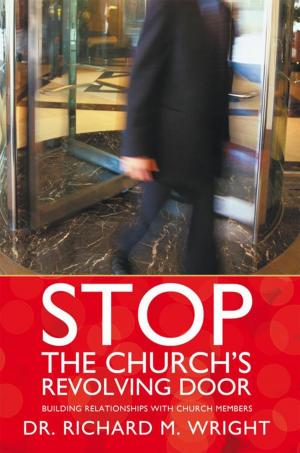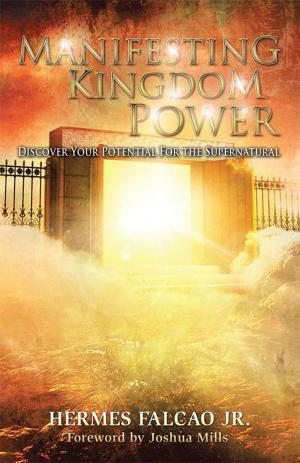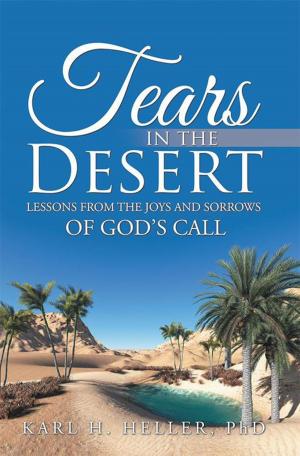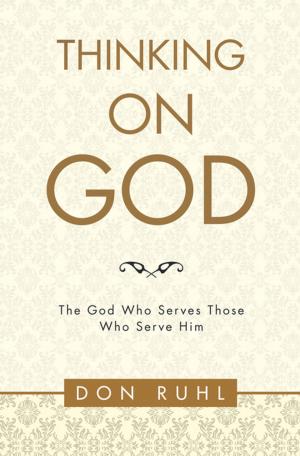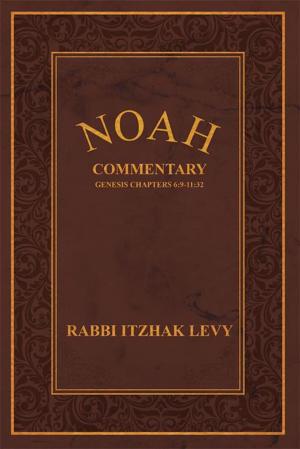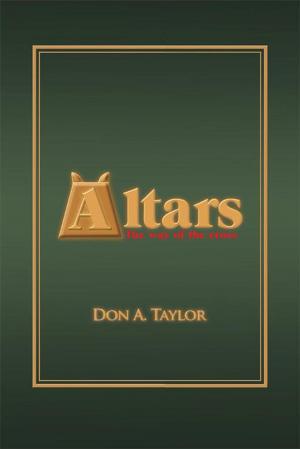| Author: | Elvio René | ISBN: | 9781449780319 |
| Publisher: | WestBow Press | Publication: | November 13, 2012 |
| Imprint: | WestBow Press | Language: | English |
| Author: | Elvio René |
| ISBN: | 9781449780319 |
| Publisher: | WestBow Press |
| Publication: | November 13, 2012 |
| Imprint: | WestBow Press |
| Language: | English |
Matthew, an apostle of Jesus, relates a first-person account of what transpired on Thursday, the fourteenth day of Nisan, as well as the agonizing events of Friday, the fifteenth, in Jerusalem. Nisan is the first month of the Jewish year; it is when the meadows turn green once again and when Passover is celebrated. It is the month when barley and flax are harvested. Matthew, through a powerful recreation of events, describes that atmosphere that surrounded the Master and his disciples, starting with Sunday, the tenth day of Nisan, when Jerusalems joyful inhabitants proclaimed Jesus the Messiah.
The novel offers a minutely detailed description of first-century Jerusalemits temple, huge and overpowering; the commerce that was carried out behind its walls; its ideologically divided citizenry; and the totally insurmountable customs of the ruling class, the priests who forced the outcome on that Friday. These are the dramatic hours during which the judgment of Jesus is reproduced, as well as the efforts of Herod and Pontius Pilate to rid themselves of the responsibility of having to condemn the Savior and his merciless torture and execution.
The human nature of what transpires in this book enters the readers mind during the scenes of the apostles at the Passover supper. The supper is depicted as an astonishing event, in a way that is different from what art and legend has instilled in us over the course of many centuries. The reader will become familiar with Genesareth Lake, the Mount of Olives diverse forest, the pain experienced in the garden of Gethsemane, the harsh torture at Golgotha, and Samarias dusty roads, realizing just how terrifying that Thursday night in Jerusalem, shrouded in shadows, was as the patrols carried out their search for Jesus.
Matthew, an apostle of Jesus, relates a first-person account of what transpired on Thursday, the fourteenth day of Nisan, as well as the agonizing events of Friday, the fifteenth, in Jerusalem. Nisan is the first month of the Jewish year; it is when the meadows turn green once again and when Passover is celebrated. It is the month when barley and flax are harvested. Matthew, through a powerful recreation of events, describes that atmosphere that surrounded the Master and his disciples, starting with Sunday, the tenth day of Nisan, when Jerusalems joyful inhabitants proclaimed Jesus the Messiah.
The novel offers a minutely detailed description of first-century Jerusalemits temple, huge and overpowering; the commerce that was carried out behind its walls; its ideologically divided citizenry; and the totally insurmountable customs of the ruling class, the priests who forced the outcome on that Friday. These are the dramatic hours during which the judgment of Jesus is reproduced, as well as the efforts of Herod and Pontius Pilate to rid themselves of the responsibility of having to condemn the Savior and his merciless torture and execution.
The human nature of what transpires in this book enters the readers mind during the scenes of the apostles at the Passover supper. The supper is depicted as an astonishing event, in a way that is different from what art and legend has instilled in us over the course of many centuries. The reader will become familiar with Genesareth Lake, the Mount of Olives diverse forest, the pain experienced in the garden of Gethsemane, the harsh torture at Golgotha, and Samarias dusty roads, realizing just how terrifying that Thursday night in Jerusalem, shrouded in shadows, was as the patrols carried out their search for Jesus.



